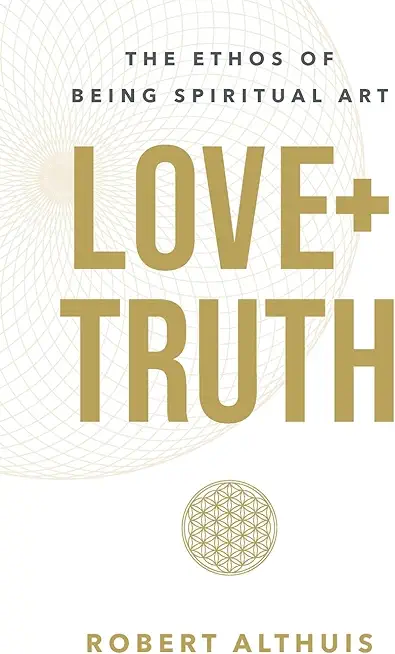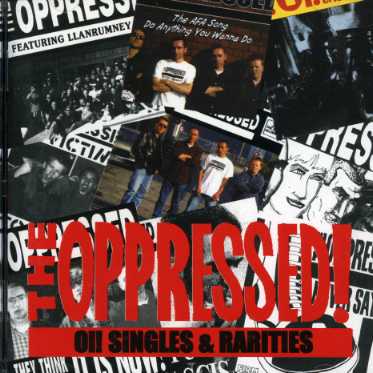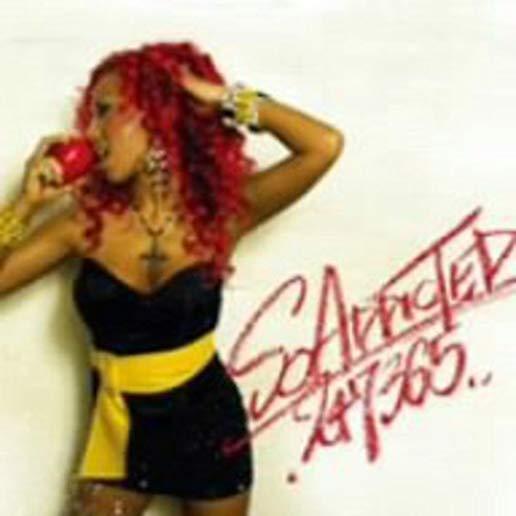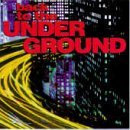
description
8The international crash of 1720 long served as a touchstone for behavioral economists who perceive it as a gateway to the boom-and-bust cycles of the modern world. Perhaps not surprisingly, art history has contributed relatively little to our understanding of the significance of 1720. This book aims to redress this imbalance via a focus on the depiction of the first international financial crisis following the 1720 collapse of stock market bubbles in England, France, and the Netherlands. Its most important visual source, Het groote tafereel der dwaasheid ('The Great Mirror of Folly'), is a series of approximately seventy-five bawdy, tragicomic engravings satirizing the crisis and its catastrophic effects. The visual sources of the series are also explored, including prints related to the earlier 'tulip mania' bubble, as well as related materials including propaganda and satirical pamphlets, letters, coins, and paper currency. Key themes or motifs that recur in the Tafereel prints, include the New World and colonial trade; mass illness; paper and its association with insubstantiality, illusion and trickery; debauchery; and the carnivalesque.
member goods
No member items were found under this heading.
notems store
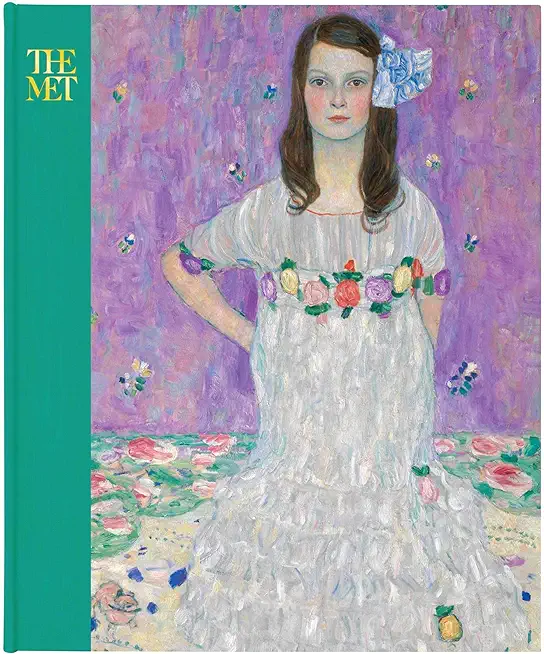
Masterpieces 2022 Deluxe Engagement Calendar
by The Metropolitan Museum of Art
Calendar/Blank Book /Desk$18.74
listens & views

WAY OF THE BIRDS
by ARNAOUDOV / KAZANDJIEVA-CHAUCHE / PAVLOVA / YOTSOV
COMPACT DISCout of stock
$17.75
Return Policy
All sales are final
Shipping
No special shipping considerations available.
Shipping fees determined at checkout.

